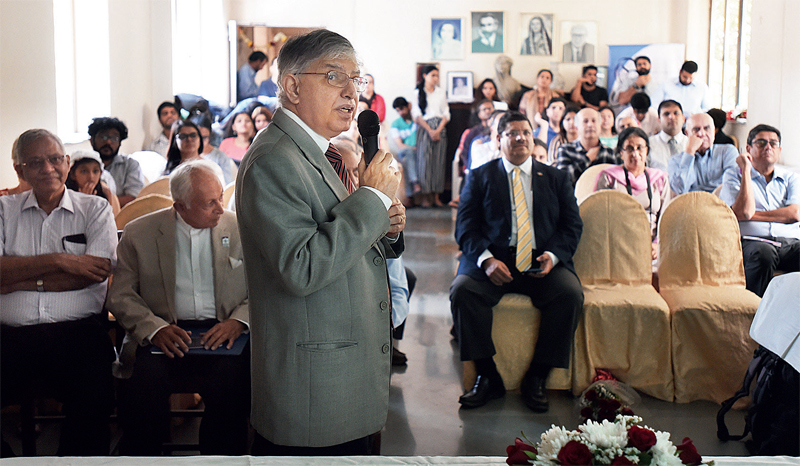Parsis will now get paid for child and elderly care
Jiyo Parsi launches Phase III; Parsis to get Rs 4k per month for every elderly, Rs 3k for every child U-10.
Jiyo Parsi, the campaign that was started in 2013 to swell the numbers of the dwindling Parsi community in India, launched its third phase on Thursday, with three forward-looking initiatives. Parsi couples whose combined incomes is less than Rs 15 lakh per annum will now be eligible to receive Rs 4,000 per month for childcare for every child under eight years; they will also receive Rs 4,000 for every elderly dependent that they take care of; and elderly Parsis will be paid Rs 3,000 per month for every child under 10 that they take care of. The money will be given to them by the Ministry of Minority Affairs, which has set aside a corpus of Rs 12 crore for all Jiyo Parsi initiatives. Mirror had earlier reported that elderly Parsis will now become babysitters for their grandchildren. But while older people across urban India do this anyway, the Parsi community will now make sure it is paid for it as well.
Jiyo Parsi’s first two phases – which had to do with offering childless couples the option for Assisted Reproduction techniques (ART) – has paid off. Shernaz Cama, head of the Parzor Foundation which, in collaboration with Unesco, launched Jiyo Parsi, said the community has seen the birth of 178 babies by ART since the campaign’s launch. “This indicates an 18 per cent growth,” she said. Jiyo Parsi’s initiatives are aimed at encouraging Parsi couples to have more children and increase the community’s numbers. On Thursday, Cama and Sam Balsara, chairman of the ad agency Madison World, launched Phase III, with a slew of new ad campaigns that will put the word out about the new elder and childcare benefits.

Shernaz Cama of Parzor Foundation
“Paying families to take care of their elders, and also paying the elders to take care of the children of the house, benefits both generations,” she added. “We hope that this model will be replicated among other communities as well.” A recent Indian Institute of Population Studies report has shown that the Parsis have the largest number of elderly dependents per member: Five to one person. “Young couples are taking care not only of their parents but also their unmarried aunts and uncles, and this emotional burden is crushing them,” said Cama. “Naturally they don’t want to have to take care of children, too. But I feel this is a very lazy attitude, and shows a complete erosion of family values.” Balsara added, “We are trying to remove all possible impediments that young couples may have in starting a family.”
The community has seen its numbers drop drastically in the last few decades, from 91,266 in the 2001 census to 57,264 in the most recent one. It pegs this to late marriages, emigration and, the biggest problem of all, a low total fertility rate (TFR) of 0.88 child per couple – or less than one child.
The first two phases of the campaign were devoted to procreation: Urging Parsis to marry early, have children quickly and have more than one child. Indeed Phase I was roundly criticised (mainly by the younger women of the community) for being regressive and sexist for asking women to put child-bearing above their careers. “That was not at all the intention,” clarified Cama. “In Phase I, we offered couples who wanted to have children but could not have the ART option. By Phase II, the government had allowed us to go in for surrogacy, so we offered that option as well. Now it’s all about care – child care as well as elder care.”

Ad-man Sam Balsara (above) launched the new phase with a slew of campaigns and Shernaz Cama of Parzor Foundation spoke about its child, elderly care benefits





